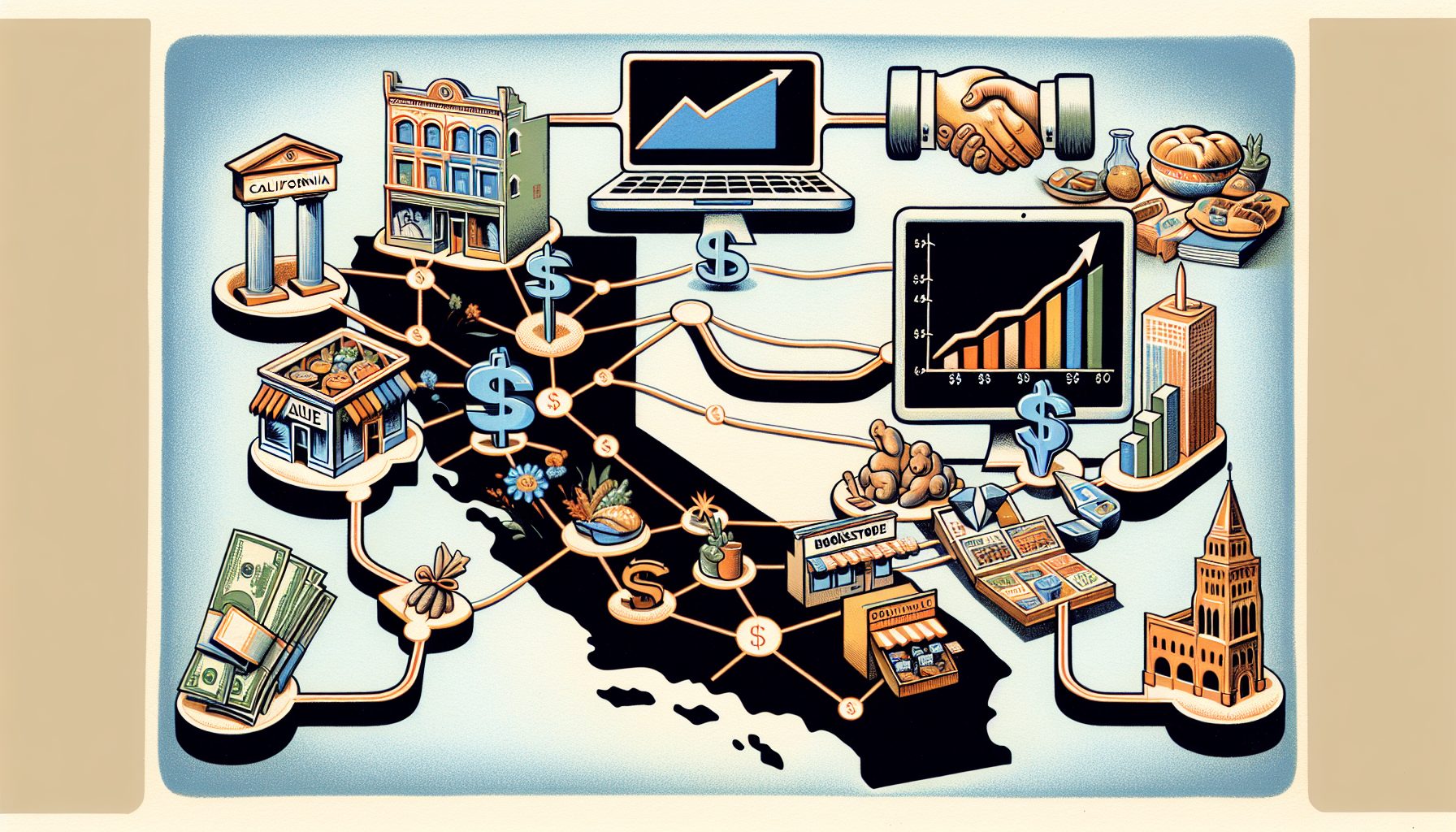What exactly is business intelligence? The lofty term, in corporate vernacular, refers to tools an organization uses to gain greater visibility into its operations, markets and competition.
But it’s become more than just a fancy reporting tool. Worldwide sales for business intelligence software will reach $6.36 billion this year, rising to $7.04 billion next year and $7.8 billion in 2008, according to IDC forecasts. And with companies consolidating their vendors and seeking more strategic results from their tools, software providers have been building up their business intelligence platforms. Now, customers say they’re finding more features—and reaping more results—than they had expected.
Grant Felsing, decision support manager with Briggs & Stratton, a $2.5 billion gasoline engine maker, divides it up two ways. On one end, there’s “operational” business intelligence, or the management of inventory and production data, with an eye toward increasing efficiency. Then there’s “strategic” business intelligence, referring to processes such as sales information analysis, which allows employees to look at demographics, distribution channels and geography. These processes are more crucial to the overall organization’s success—and survival.
Back in 1988, when Briggs looked for a software package to create charts and graphs for sales, the tool set wasn’t clearly defined. “There was a lot of discussion that there was one thing: business intelligence,” Felsing says. “But there really were a whole lot of different flavors out there that no one could put a label on.”
He focused on the strategic, using software from SAS to align sales forecasts with the company’s supply chain and shipping—making sure the company had all the necessary components to build a product when an order came in.
The software also linked the strategic and operational ends. Three years ago, Briggs started using the software to analyze warranty claims. Felsing and his team can now group claims by product line and particular malfunctions, helping the company identify how the product was corrupted and where to make changes in the production cycle to remedy the problem. By cutting down failure points, Felsing says Briggs saved “well into the millions,” though he declined to specify the amount. According to Felsing, the company pays about $90,000 in annual license fees.
The bigger payback for Felsing, though, was gaining acceptance from the business side. “When you have so many people who are so eager to engage with I.T., that adds value to the business,” he says. “That’s an eye-opener.”








